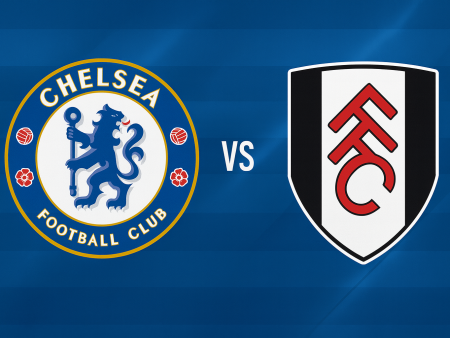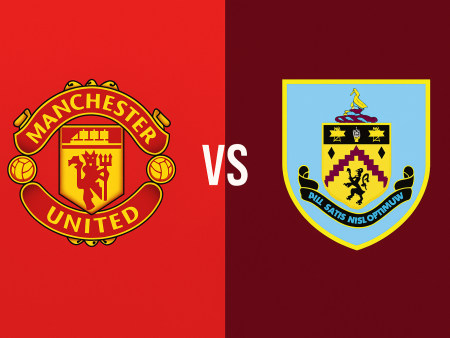How Xavi Revitalized Barcelona: Tactical Evolution and 2022/23 Analysis
Since taking charge after Ronald Koeman's exit in October 2021, Xavi Hernández has quietly led a Barcelona renaissance. With Diego Maradona’s shadow long gone and four years since their last La Liga crown, the Catalan giants now play with renewed belief, a clear identity, and a strategy built on both possession and purpose. This analysis explores the tactical hallmarks of Xavi’s Barcelona during the 2022/23 season.
Xavi’s Core Philosophy: The ‘4 P’s’ Shaping Barcelona’s Approach
Xavi has rebuilt Barcelona’s tactical framework around four fundamental principles he often refers to as the “4 Ps”: positioning, possession, pressure, and perception. These intertwined ideas reflect the club’s historic style while introducing the precision and intensity of modern football.
- **Positioning:** Barcelona typically set up in a 4-3-3 shape, with Sergio Busquets as the central pivot anchoring the midfield. The system demands each player maintains spatial awareness, ensuring constant support and passing options. Young stars like Pedri, Gavi, and Frenkie de Jong thrive in this structure, continually scanning their surroundings and adjusting accordingly.
- **Possession:** Maintaining control of the ball remains non-negotiable. Inspired by his own days at Camp Nou and influenced by Pep Guardiola’s legacy, Xavi instructs his side to progress through patient build-up rather than rushing forward after turnovers. Defenders such as Andreas Christensen and Eric Garcia, along with ball-playing fullbacks like Jules Koundé, facilitate this approach with their composure and passing range from the back.
- **Pressure:** The Blaugrana are drilled to initiate an immediate counter-press when possession is lost, aiming to win the ball back quickly by closing down potential outlets rather than hunting for aggressive tackles. Compactness and positional discipline fuel this press, making it difficult for opponents to retain possession for long stretches.
- **Perception:** Arguably the most cerebral of the four, this principle demands players read the game as it unfolds-anticipating movements, opportunities, and threats. Busquets, for example, consistently demonstrates this with his ability to receive under pressure and execute quick, incisive passes.
By embedding these principles in daily routines, Xavi has unified a squad of both emerging talents and experienced mainstays, presenting a modernized version of the famed ‘Barça way.’
Relentless in Attack: How Barcelona’s Offense Breaks Down the Opposition
Under Xavi, Barcelona have become La Liga’s attacking juggernaut, generating the league’s highest expected goals (2.35 xG per match) and scoring an impressive 2.05 goals per game. Notably, their actual goal tally lags slightly behind the number of clear-cut chances, suggesting there’s still room for even more attacking output.
The attacking framework relies on:
- **Structured Build-Up:** Barcelona initiate play from deep, usually forming a 2+3 diamond in their half with Busquets and goalkeeper Marc-André ter Stegen pivotal in bypassing the initial press. As they move forward, the formation fluidly adapts into a 3-2-2-3 to create numerical superiority across the pitch.
- **Midfield Dynamism:** Players like Pedri and Frenkie de Jong don’t just excel at quick passing; they’re also adept at making progressive carries through lines. For example, de Jong averages 213 progressive yards carried per 90 minutes, leading all La Liga midfielders.
- **Wing Play and Overloads:** While Gavi often drifts in from the left to supplement central play, fullbacks like Alejandro Balde and Jordi Alba burst forward on the overlap. On the opposite flank, dribblers such as Ousmane Dembélé and Raphinha exploit isolated duels, often switching the play or breaking lines with their one-on-one ability.
- **Central Combinations and Proximity:** Two-thirds of Barcelona’s shots originate from the center of the pitch. The midfield’s geometric positioning (often forming diamonds and triangles) ensures constant short passing options, facilitating quick combinations to break compact defensive lines.
- **Flexible Forward Movement:** Robert Lewandowski, the focal point of attack, frequently drops into midfield zones to link play, dragging defenders with him and creating space for others to exploit.
This structure not only ensures sustained pressure in the opponent’s half but also keeps Barcelona among the continent’s best for possession retention.
Defensive Organization: The Bedrock of Barcelona’s Success
Defensively, Barcelona have set new standards in La Liga, conceding just seven goals in their first 22 league fixtures-well ahead of the pace needed to set a historic record for fewest goals allowed in a season.
Their defensive blueprint is defined by:
- **Aggressive Counter-Pressing:** As soon as possession is lost, surrounding players converge to win back the ball using close positional connections, effectively swarming attackers and cutting off easy exit routes.
- **Rest Defence and Flexibility:** While the attacking phase sees a three-player rest-defense structure with a double pivot, this shape enables rapid transitions back to defensive positions, limiting the effectiveness of quick opposition counters. Busquets and de Jong are adept at filling gaps left by advancing fullbacks or central defenders.
- **Front-Loaded Pressing:** The mandate is clear-opponents must not be allowed to settle. Barcelona permit the lowest number of passes per defensive action (7.32) in the league. Wingers like Raphinha and Dembélé spearhead this high press, with fullbacks stepping up to support when wide areas are threatened.
- **Risk and Reliability:** A trade-off exists-the high line can occasionally be exposed, leading to the fourth highest xG per shot conceded in La Liga. However, outstanding performances from ter Stegen (with an 88.7% save rate) have bailed out the defense when necessary.
This blend of tactical discipline and flexible adaptation has made Barcelona extremely difficult to break down, regardless of the opponent or match situation.
Conclusion: Xavi’s Imprint and Barcelona’s Path Forward
Xavi Hernández has successfully restored a sense of direction and belief in Barcelona, blending the club’s traditional commitment to possession and technical excellence with a tactically astute modern approach. With the Supercopa de España secured and a commanding lead in La Liga, Barcelona seem set to claim their first domestic league title in four years. As Xavi continues to refine his project, the Catalan giants are not only on course for immediate silverware but also laying robust foundations for future European challenges.
Barcelona’s 2022/23 season under Xavi is testament to how clear strategic vision, player development, and tactical innovation can transform a team’s fortunes and bring back the aura of one of football’s most iconic clubs.













